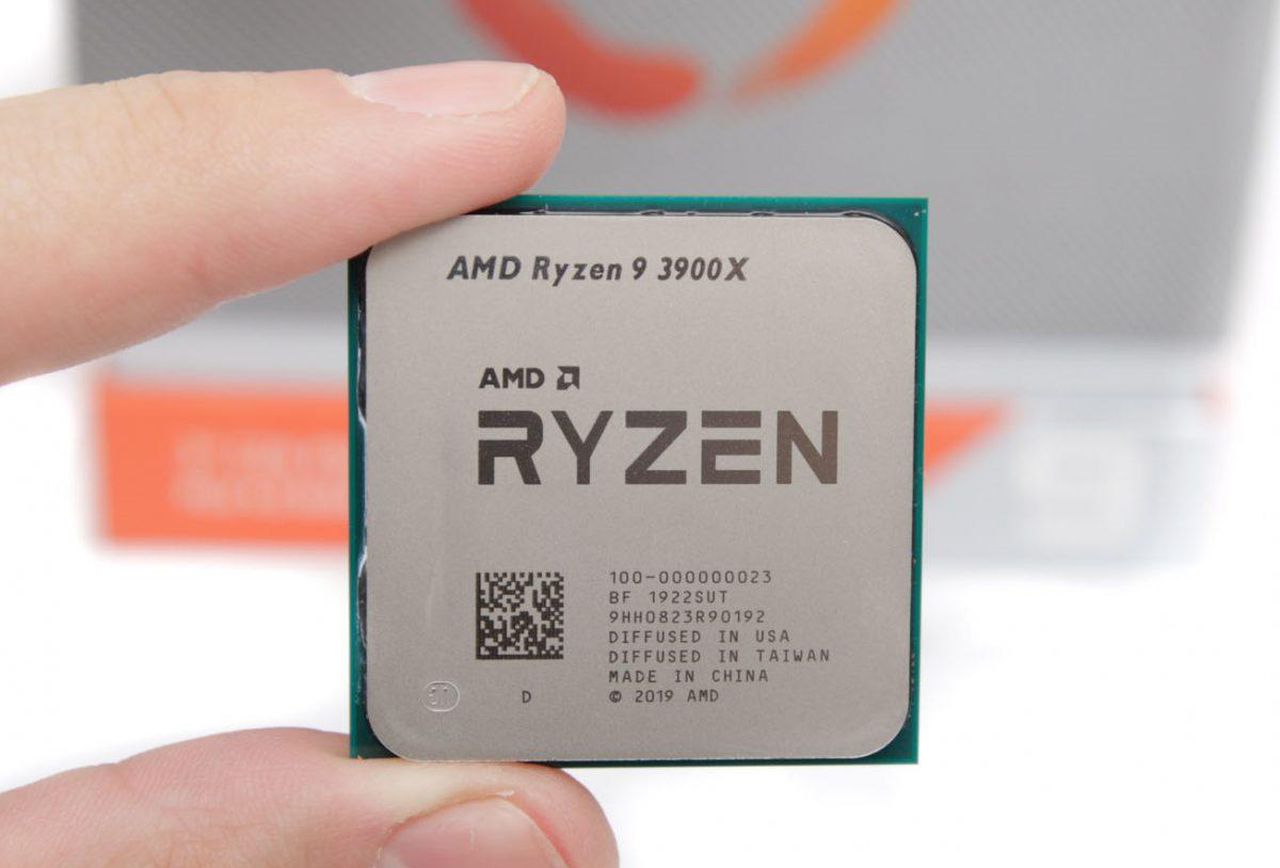Intel og University of California udvikler verdens første silicium hybridlaser 
København, 18. september 2006 - Intel udvikler i samarbejde med University of California verdens første hybridlaser, der med en kombination af silicium og kisel gør det muligt at overføre data gennem kisel med samme hastighed som over fiber.
Det betyder, at hastigheden i en computer kan øges til terabitniveauer uden produktionsomkostningerne, og dermed kundens slutpris, bliver højere end med den teknik, vi har i dag, der udelukkende er bygget på kisel.
Fuldstændig pressemeddelelse:
INTEL AND UC SANTA BARBARA DEVELOP WORLD'S FIRST HYBRID SILICON LASER
Chip That Emits and Guides Light Could Drive Silicon Photonics Into Wide Use in Future Computers and Data Centers
SANTA CLARA, Calif., Sept. 18, 2006 ? Researchers from Intel and the University of California, Santa Barbara (UCSB) have built the world?s first electrically powered Hybrid Silicon Laser using standard silicon manufacturing processes. This breakthrough addresses one of the last major barriers to producing low cost, high bandwidth silicon photonics devices for use inside and around future computers and data centers.
The researchers were able to combine the light-emitting properties of Indium Phosphide with the light-routing capabilities of silicon into a single hybrid chip. When voltage is applied, light generated in the Indium Phosphide enters the silicon waveguide creating a continuous laser beam that can be used to drive other silicon photonic devices. A laser based on silicon could drive wider use of photonics in computers because the cost can be greatly reduced by using high-volume silicon manufacturing techniques.
?This could bring low-cost, terabit-level optical ?data pipes? inside future computers and help make possible a new era of high-performance computing applications," said Mario Paniccia, Director of Intel?s Photonics Technology Lab.
"While still far from becoming a commercial product, we believe dozens, maybe even hundreds of hybrid silicon lasers could be integrated with other silicon photonic components onto a single silicon chip.?
"Our research program with Intel highlights how industry and academia can work together to advance the state of science and technology," said Professor John Bowers, UCSB. ?By combining UCSB?s expertise with Indium Phosphide and Intel?s silicon photonics expertise, we have demonstrated a novel laser structure based on a bonding method that can be used at the wafer-, partial-wafer or die-level, and could be a solution for large scale optical integration onto a silicon platform. This marks the beginning of highly integrated silicon photonic chips that can be mass-produced at low cost.?
Technical Details
While widely used to mass produce affordable digital electronics today, silicon can also be used to route, detect, modulate and even amplify light, but not to effectively generate light. In contrast, Indium Phosphide-based lasers are commonly used today in telecommunications equipment. But the need to individually assemble and align them has made them too expensive to build in the high volumes and at the low costs needed by the PC industry.
The hybrid silicon laser involves a novel design employing Indium Phosphide-based material for light generation and amplification while using the silicon waveguide to contain and control the laser. The key to manufacturing the device is the use of a low temperature, oxygen plasma (an electrically charged oxygen gas) to create a thin oxide layer (roughly 25 atoms thick) on the surfaces of both materials. When heated and pressed together the oxide layer functions as a ?glass-glue? fusing the two materials into a single chip. When voltage is applied, light generated in the
Indium Phosphide-based material passes through the oxide ?glass-glue? layer and into the silicon chip?s waveguide, where it is contained and controlled, creating a hybrid silicon laser. The design of the waveguide is critical to determining the performance and specific wavelength of the hybrid silicon laser.
Today?s announcement builds on Intel?s other accomplishments in its long-term research program to ?siliconize? photonics using standard silicon manufacturing processes. In 2004, Intel researchers were the first to demonstrate a silicon-based optical modulator with a bandwidth in excess of 1GHz, nearly 50 times faster than previous demonstrations of modulation in silicon. In 2005, Intel researchers were the first to demonstrate that silicon could be used to amplify light using an external light source to produce a continuous wave laser-on-a-chip based on the ?Raman effect?.
Professor John Bowers is a professor of Electrical and Computer Engineering at UCSB. Professor Bowers has worked with Indium Phosphide based materials and lasers for over 25 years. Currently his research is focused on developing novel optoelectronic devices with data rates as high as 160Gb/s and techniques to bond dissimilar materials together to create new devices with improved performance.
About UC Santa Barbara
UC Santa Barbara is a worldwide research leader in photonics, materials science, bioengineering, chemical and computational engineering, nanotechnology and physics. Additional information about UCSB is available at www.ucsb.edu.
About Intel
Intel, the world leader in silicon innovation, develops technologies, products and initiatives to continually advance how people work and live. Additional information about Intel is available at www.intel.com/pressroom.
Intel, the Intel logo, Centrino, ?Intel. Leap ahead.,?, ?Intel. Leap ahead.? logo, Intel Viiv and Intel Inside are trademarks or registered trademarks of Intel Corporation or its subsidiaries in the United States and other countries.









